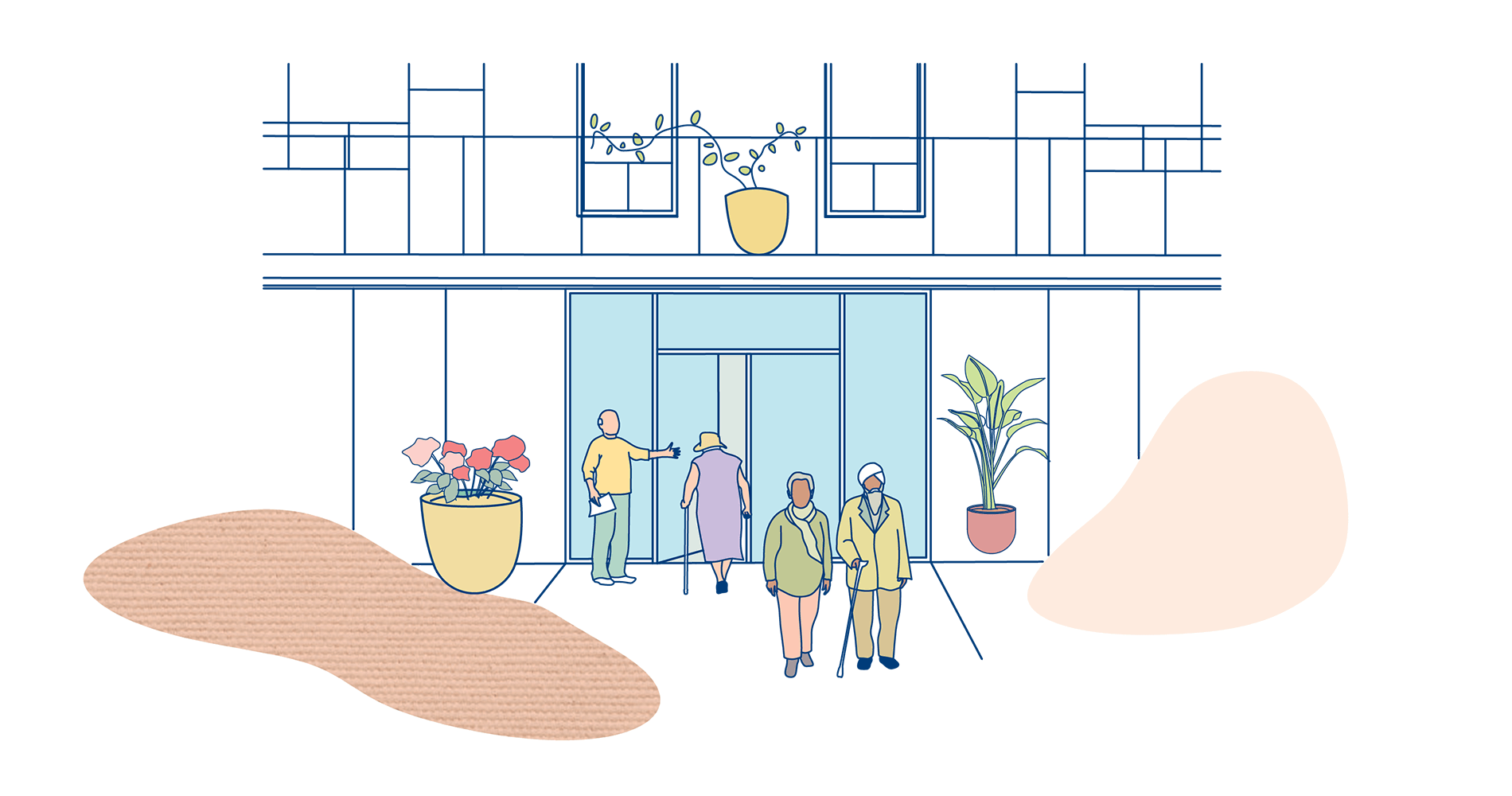PART 1: STARTING
Inviting the Community In

Now that you have a group of supporters and early ideas around the purpose and desired activities of your group, it is time to bring in the larger community. Involving the community early in the process is important for building momentum, and most importantly, getting a sense of what other people may want or need to feel safe, valued and engaged. It is also crucial in finding willing neighbours who can help make the initiative a long-term success by attending events or even volunteering their time to help out.
Communicating your intentions
When communicating the intention of your initiative with the rest of the building, it is important to consider the content of your message - what might your neighbours need to hear to understand the intentions of your newly formed group? This is another place where your purpose statement will come in handy!
Keep in mind some people might not be familiar with the terms “aging in place” or “mutual support”.However we can guarantee they will be pleased with the concept. Almost 90% of Canadian seniors have a desire to remain living at home for as long as possible.
Identifying boundaries and roles
Another valuable point of clarification to communicate has to do with boundaries: what will your group ‘do’ and more importantly, what will your group ‘not do’? For example, you might want to increase social activities or work on a safety support system, but are not willing to offer personal hands-on support.
You might also consider offering specific examples of how your neighbours can get involved. This could involve help setting up chairs or AV equipment, organizing refreshments, or even leading activities themselves. We have found that it is helpful to reiterate that this is a resident-run initiative and it is meant to be collaborative.
HELPFUL TOOLS & TEMPLATES




